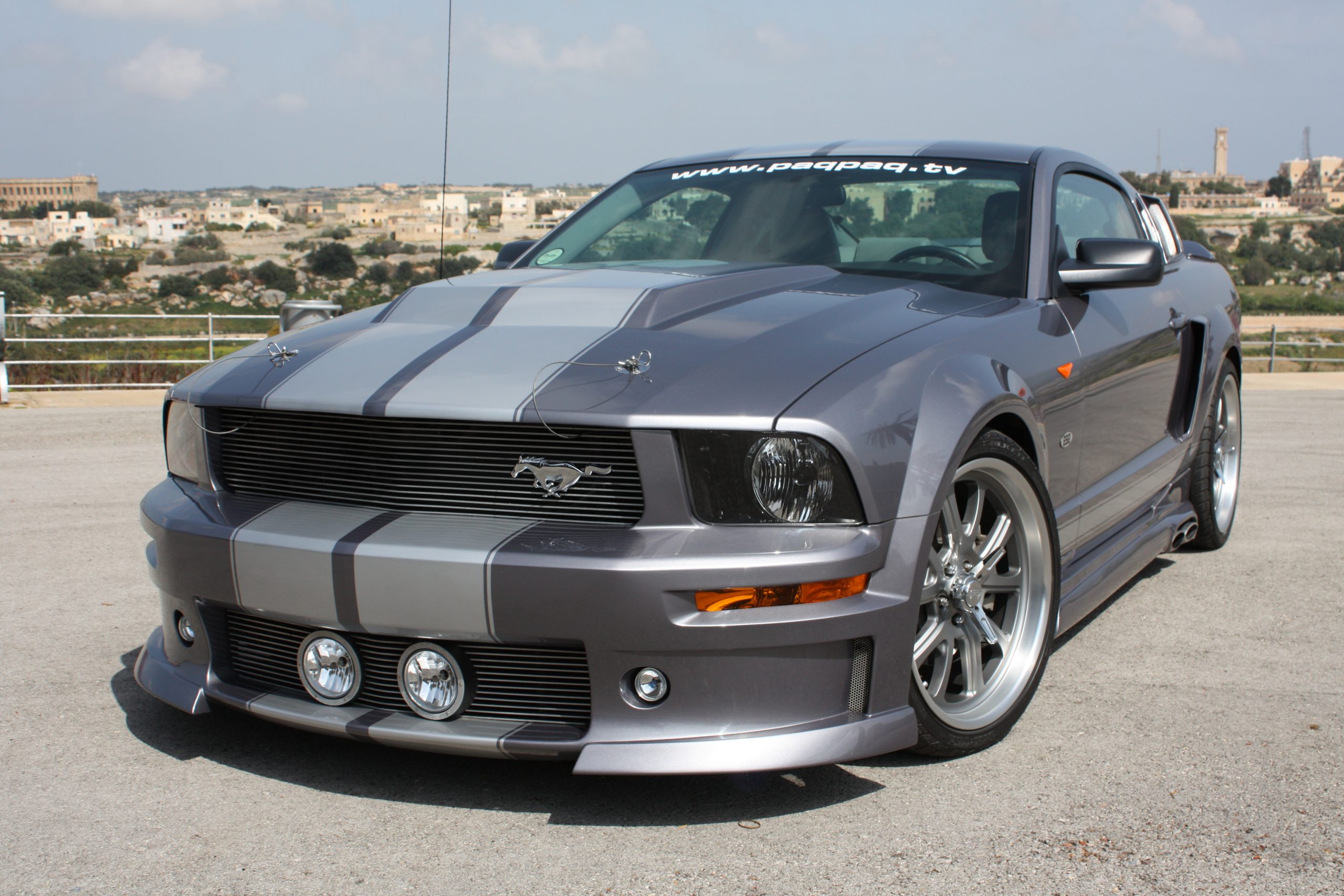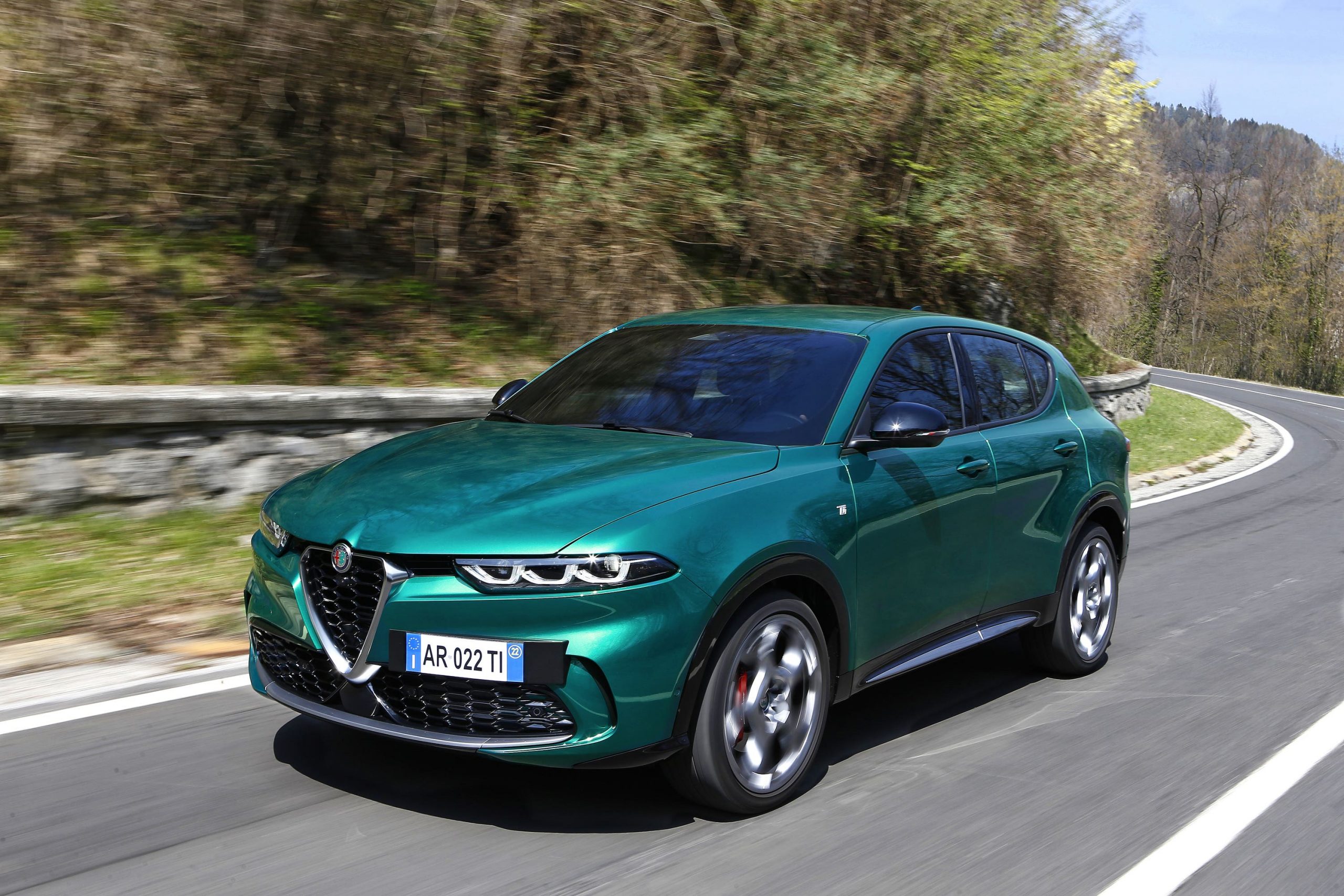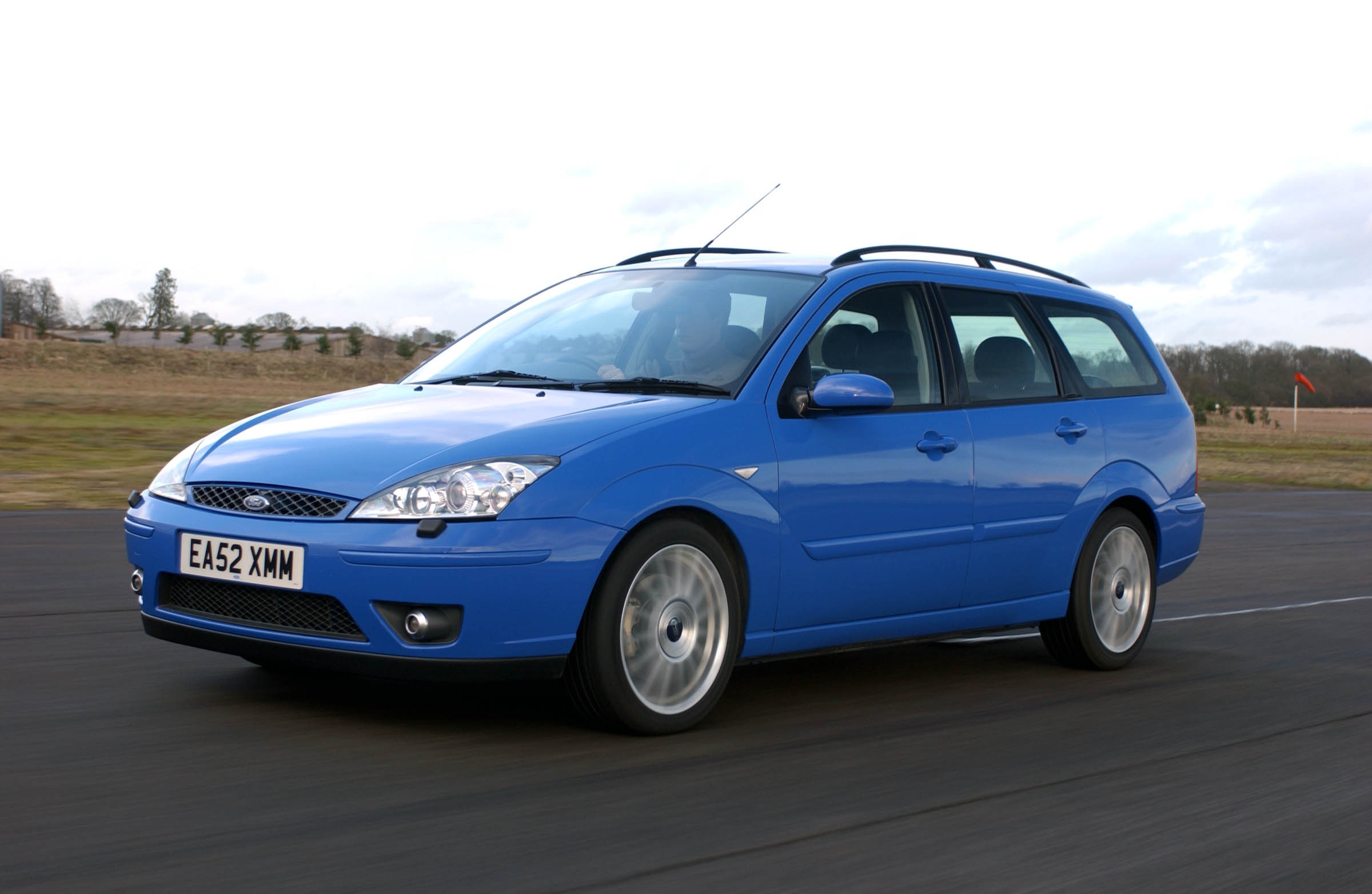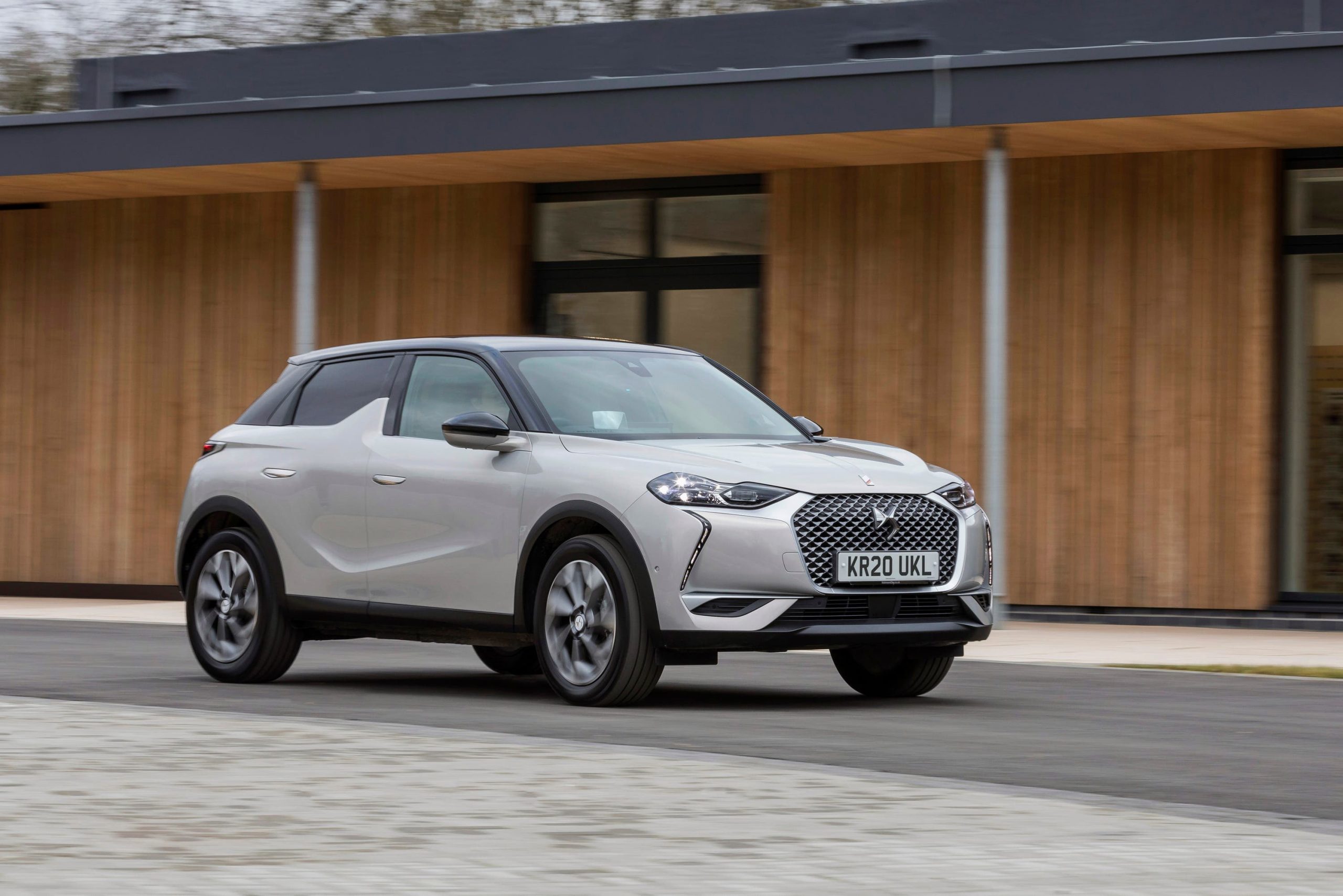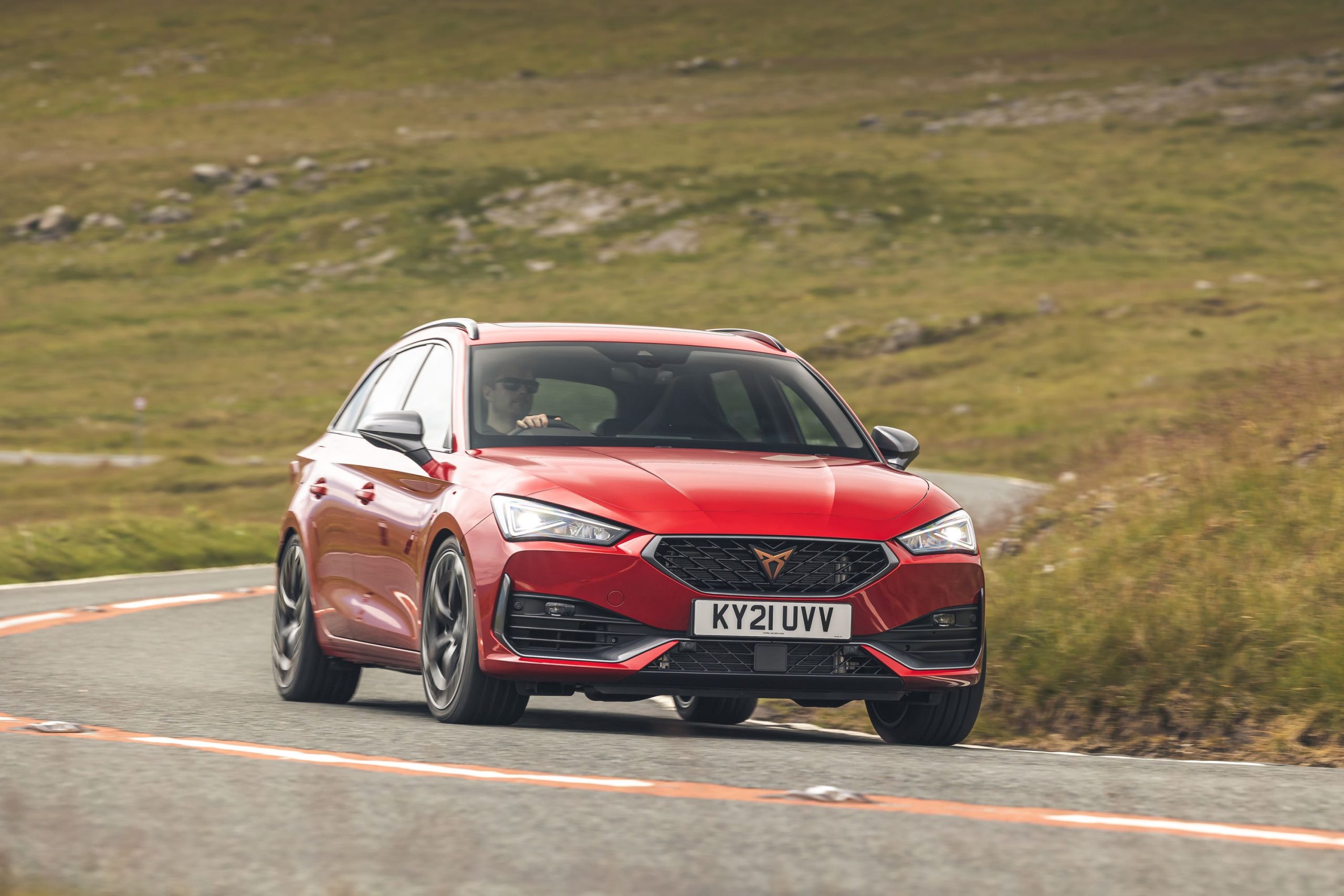Paqpaq editor, TONIO DARMANIN, muscles up to the latest American offering from Ford – the Mustang.
On April 17, 2009, the world celebrated – albeit not in the most festive of periods – the 45th anniversary of Ford’s longest running nameplate, the Mustang. The project was strongly supported by Lee Iacocca, who was subsequently appointed president of the Ford Motor Company.
Possibly the most successful American sports car ever, it instigated the Pony car segment which required cars to have a sporty and attractive styling, offer an extensive option list and a wide range of engines including seriously powerful versions with the possibility of tuning and, most importantly, they had to be affordable.
The 1964 (and a ½!) Mustang did all this and was an instant hit, registering 22,000 orders on the first day of its launch at the World Fair in New York and going on to sell 417,000 units in the first year and one million cars by the second. The original price was incredibly low at US$2,368 and a guy in Texas reputedly slept in the car within the showroom until his cheque was cleared to ensure that his car was not sold to somebody else.

Three principal models included the convertible, the hard top and the fastback and driven by the tag line ‘a steed for every need’ gave the customer a choice of 11 power trains including the legendary Boss 302, 375, 429 and the Mach 1. In 1965, Carroll Shelby collaborated with Ford to launch on the market the GT 350 featuring a 306bhp V8 engine.
The first generation Mustang lasted until 1974. However, with the three subsequent versions produced by Ford between this time and 2005, the company seems to have tried to do everything possible to kill this car, one uglier than the other and with power and handling not worthy of a Mustang.
All this changed dramatically four years ago, when Ford launched the fifth generation Mustang echoing the styling of the 1960’s fastback in a successful attempt at retro-futurism, going back to the basic principles that made the original Mustang such a success and using these to create a car geared for the future.

This latest version of the Mustang epitomises the pure American muscle car. It retains important classic design cues including a long hood and short rear deck, a menacing shark-like nose and aggressive rake, the C-scoops at the side are so typical, but also other details such as the three element tail lamps and the galloping horse badge in the centre of the grille.
Engine-wise, the customer has two options: the standard V6, 4 litre power train producing 210bhp, or alternatively the GT version, fitted with a V8, 4.6 litre aluminium unit cranking out 300bhp. This latter engine was the one fitted on the Mustang under test, tuned to add a further 50bhp, providing tremendous acceleration and impressively relentless torque at any speed. The test car was also fitted with an optional five-speed automatic transmission of aggressive disposition with smooth, rapid up-shifts but a typically sluggish kickdown.
I was impressed with the handling and how, although using a live-axle chassis, Ford still managed to build a car that is sharp and agile, riding relatively hard but, at the same time, offering decent levels of comfort. The mandatory burnout, possible only with the stability button switched off, brings back memories of follies experienced many decades ago in the original classic of which the new Mustang, I must say, is a modern but genuine interpretation.

The only area of disappointment is the interior of the car. In an effort to keep it true to the original, and to keep costs low, the interior does not compare with that of competing European models. Ford retained some trademark features such as the three-spoke steering and the T-bar automatic shifter, but the ergonomics and the styling are too retro and too spartan for my liking. Extras include a top end Shaker Audio sound system which, in my view, is superfluous since I spent every second in the car enjoying the hoarse gurgle emitted by the engine that increases in pitch with speed and turns into a tremendous shriek once you hit the 4,000 rev limit.
The car I drove is no ordinary Mustang. Typical of this model, even today various companies specialise in tuning and modifying these vehicles and the car driven is the result of a serious conversion by Ultimate Auto Sports Inc. of the US. The changes to this ES2 Special Edition include a custom Mustang front nose with lower fog and PIAA driving lights, custom hood, custom rear spoiler, custom upper and lower side scoops, fully functional side exit exhaust with Magnaflow stainless steel mufflers, a 20” wheel and tyre package, lowered springs, and the striking dual stripes. All this gives a striking, possibly menacing, look to the car turning it into a unique show car but does render it that bit too low for comfortable driving on local roads.
Ford deserves the credit for having recreated a true American muscle car and have to admit that I enjoyed every minute of this test-drive.
This article was first published on Times of Malta on May 4, 2009







